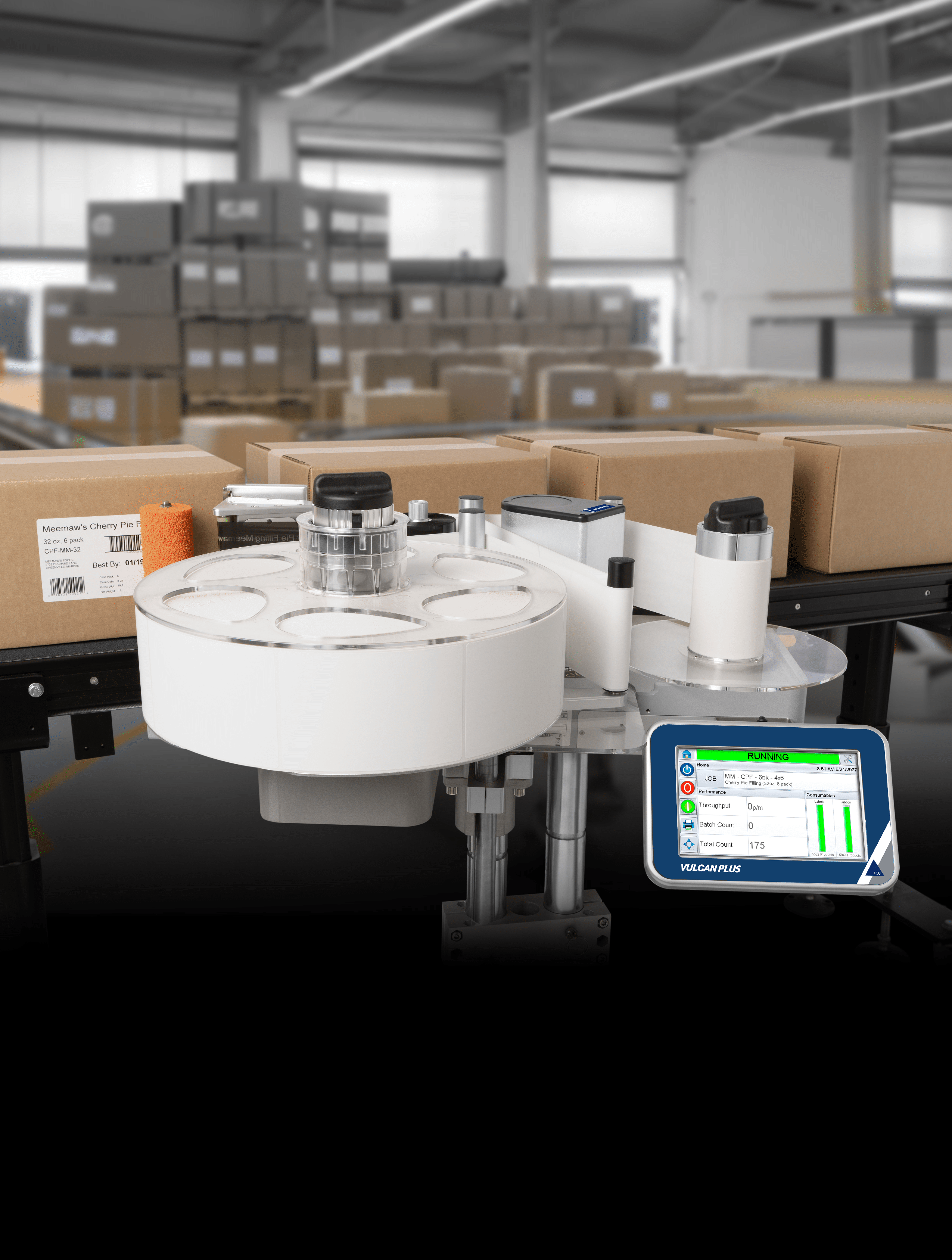Smart Labels in the Food Industry: Applications and Benefits
27th June, 2020
‘Smart labels’ are the latest innovation within packaging that can be utilised by food manufacturers to improve traceability, product information and food safety. However the diverse nature of smart labels, encompassing a wide range of technologies and applications, has led to some confusion as to what exactly a ‘smart label’ is. This article explains what smart labels are, the main applications and benefits of using smart labels in the food industry as well as looking at the ground-breaking new ways they are being used by food manufacturers to give them a competitive advantage.
What are smart labels?
Smart labels is used as an umbrella term for any labelling or coding that uses technology to add functionality and data beyond a traditional barcode.
This includes data embedded barcodes, RFID, and QR codes alongside a wide range of innovative new applications that take advantage of the new technology.
Transforming a once single dimensional barcode into a data-rich source for suppliers, packagers, logistics workers and advertisers. Smart labelling can demonstrate the qualities / provenance of products, improve food safety and reduce food waste by tracking the product through the supply chain.
We take a look at some of the main smart food labels and their benefits for the food industry.
Smart label QR code
Quick Response codes, also known as QR codes, are a relatively new type of barcode that can store vast quantities of information. These can be used for item identification, product tracking as well as marketing food to consumers. They can be read rapidly by a whole range of devices, including mobile phones.
Demonstrating the vast difference in capabilities between a barcode and a QR code, a traditional barcode has a 20 character capacity whereas a QR code can store over 7,000 characters. Despite the increased information, it is actually quicker for machines to read QR codes than barcodes.
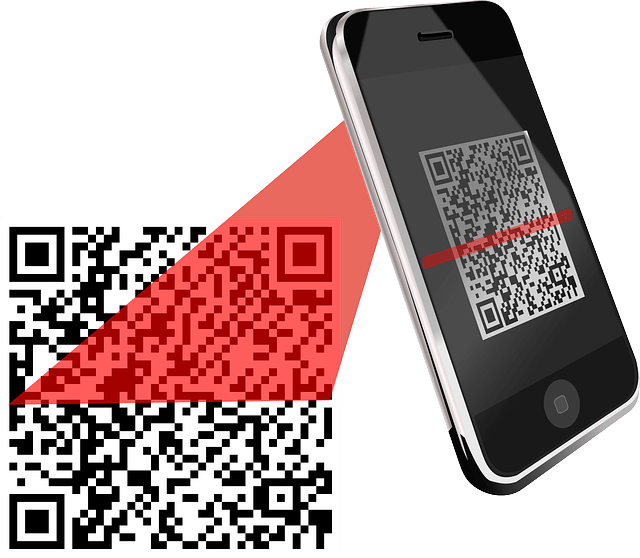
There is an in-built QR code reader in all new smart phones cameras, meaning modern consumers can easily benefit from the extra information which can be added to food and drink products without having to download an app.
This opens up opportunities for food producers and marketers to use QR barcodes to add extra value for the end user, such as embedding recipe ideas, nutritional information or the foods’ journey from ‘farm to fork’.
Data embedded barcodes – GS1-128 barcode
Data embedded barcodes are barcodes with extra functionality over and above simple product identification. For example, storing further information such as the food’s expiry date, batch information and product tracking.
One popular such example is the GS1-128 barcode which has been developed to provide a global standard for exchanging data. This is used by food manufacturers to add traceability, up-to-date application identifiers and automated procedures. Ultimately adding value for the manufacturer, the supermarket and the customer.
We have written extensively on data embedded barcodes and the GS1-128 standard in our free technology guide.
RFID smart labels
Radio-frequency identification (RFID) labels can be attached to food products and can automatically track products through the supply chain by using electromagnetic fields. This adds traceability to the product which is vital for tracing the source of the food and preventing counterfeit goods. Ultimately this helps improve food safety and security, which is particularly important for perishable goods, such as meat, seafood and dairy products.
The benefits of smart labelling in the food industry
For many years barcodes simply conveyed a series of number and letters to a screen so that they could be identified, however smart labelling has revolutionised this once single dimensional process, bringing food labelling into the 21st century. This is important as research shows labels strongly impact consumer behaviour.
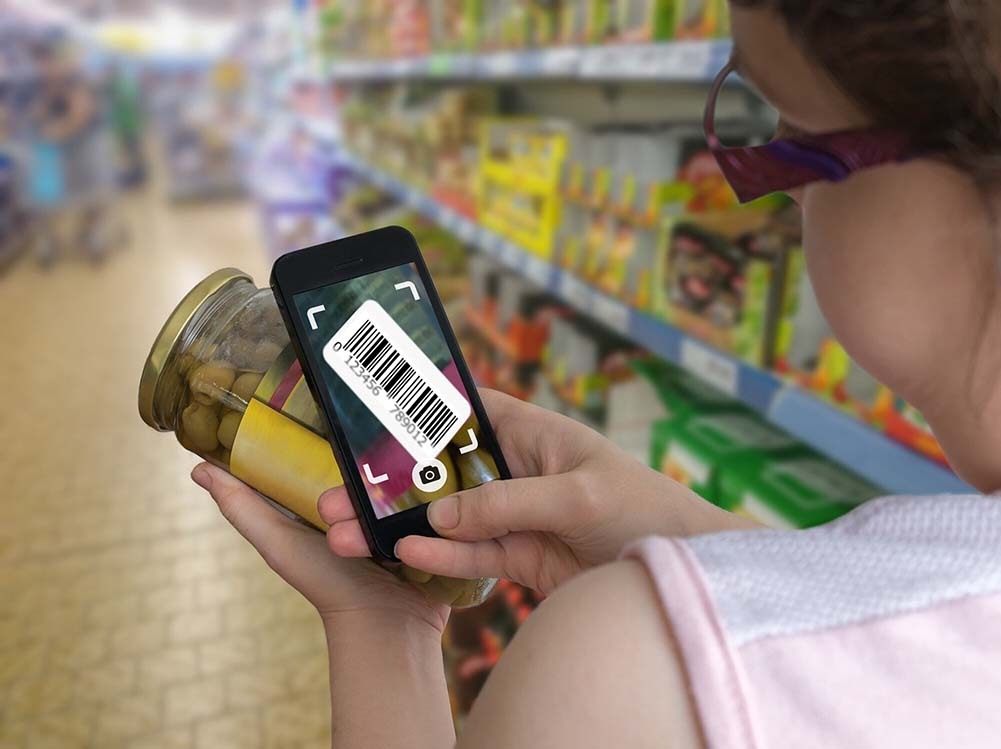
Smart labelling allows for complex information to be conveyed not only to a machine, but to humans including the consumer which is a huge opportunity for marketers to make their food product stand out in an exceptionally competitive industry. This is of vital importance when you consider the typical, crowded supermarket fridge and number of different food products the consumer has to choose from.
We take a look at how smart labelling can tackle many of the challenges the food industry faces:
How smart labels can be used to reduce food waste
Currently 1.3 billion tons of food is wasted annually. Smart labels can help reduce food waste by tracking the freshness of a product and giving consumers and workers visibility of this information. This means steps can be made to ensure the food is used before it spoils, for example reducing the price of the product or donating it to a local charity.
Furthermore smart label information can also be used by the food and logistics industries to measure the freshness of the product alongside the products journey down the supply chain.
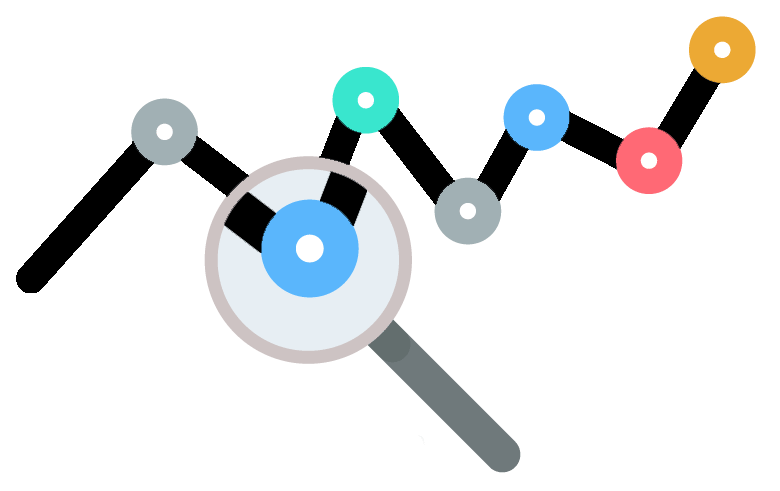
This information will establish where the inefficiencies are that cause products to spoil which can be used to optimise these processes. This is of vital importance as currently one third of all food produced is wasted, which is becomingly increasingly unpalatable for environmentally conscious consumers.
Smart labels improving food safety
There are over 61 different names for sugar on food labelling in America alone, which highlights the complexity of product information and the difficulty consumers can have understanding ingredients.
Smart labels can help counter this by giving further information on each ingredient when scanned, in order to help customers truly understand what is in their food.
Additionally smart labels greater capacity for information and traceability is incredibly beneficial for food recalls, allowing manufacturers and consumers alike to quickly find the contaminated food and its batch information and deal with it accordingly.
Access to the full product journey makes it easy to pinpoint the exact point of the food contamination so only the damaged products have to be recalled as opposed to the traditional approach of recalling the whole product range. This has the potential to save food manufacturers millions, demonstrating the ROI of smart labels.
Food labelling and advertising
Current food trends have meant consumers are increasingly interested in the ethical credentials of their food and value the health benefits of certain food and drinks. Smart labels extra capacity for information allows more information to be presented about the health and ethics of food and drink products.
For example smart labels can include the product provenance, every step of the foods journey from farm to fork, further product information, recipes, multi-buy product offers as well as monitoring the foods freshness, adding significant value for the consumer.

Increasing traceability to challenge counterfeit foods
Food counterfeiting is costing the global food industry over £30 billion annually and the UK sees the highest amount of product shrinkage (which includes theft) in Europe, so any way in which smart labelling can prevent food shrinkage has the potential to be lucrative.
Smart labels can incorporate security tags, helping supermarkets minimise theft. They can also be used to prevent counterfeiting by using blockchain technology to track the origin of the food and every step of the product’s journey in an unhackable format. This guarantees the legitimacy of the food thus increasing consumer confidence.
Clearmark has written a comprehensive guide on how blockchain can be used to combat food fraud specifically in the meat and poultry sector.
Innovative smart labelling applications for food packaging
As a concept in its infancy, the full potential of smart labels has yet to be fully explored, however there are still numerous, innovative examples of food producers using smart labels in a creative and novel manner. We take a look at some tangible examples of the benefits of using smart labels in the food industry:
- Fishpeople is an American company that uses smart labels to show the consumer where the fish was caught, on which ship and sometimes even the captain of the ship. This makes the product stand out as customers get to experience the ‘story of the fish’ demonstrating the power of smart labels.
- Anhueser-Busch used smart labels to stand out in the crowded beverage market. Creating a beer bottle with a pressure pad that when activated caused LED lights to shine through the eyes of a face on the packaging.
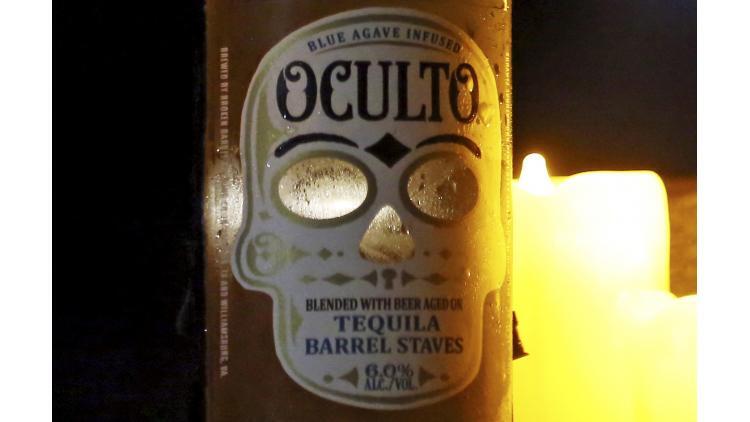
- The European Commission has funded labels that can detect when chicken is beginning to spoil by measuring the gases released by the poultry. This then changes the colour of the label, called ‘Freshcode’, so both consumers and the retailers can determine the freshness of the chicken.
The future of smart labelling knows no bounds with applications for labels that detect salmonella, monitor expiry dates, to even those that can detect and kill bacteria.
Given the many benefits of smart labelling and innovative uses outlined in this article, it is easy to see why the U.S. Grocery Manufacturers Association predicts that 80% of food products will use smart labels within the next five years.
If you would like advice on any smart labelling application please email the expert team enquiries@uk.interactivecoding.com or give us a call 01159 640144.

